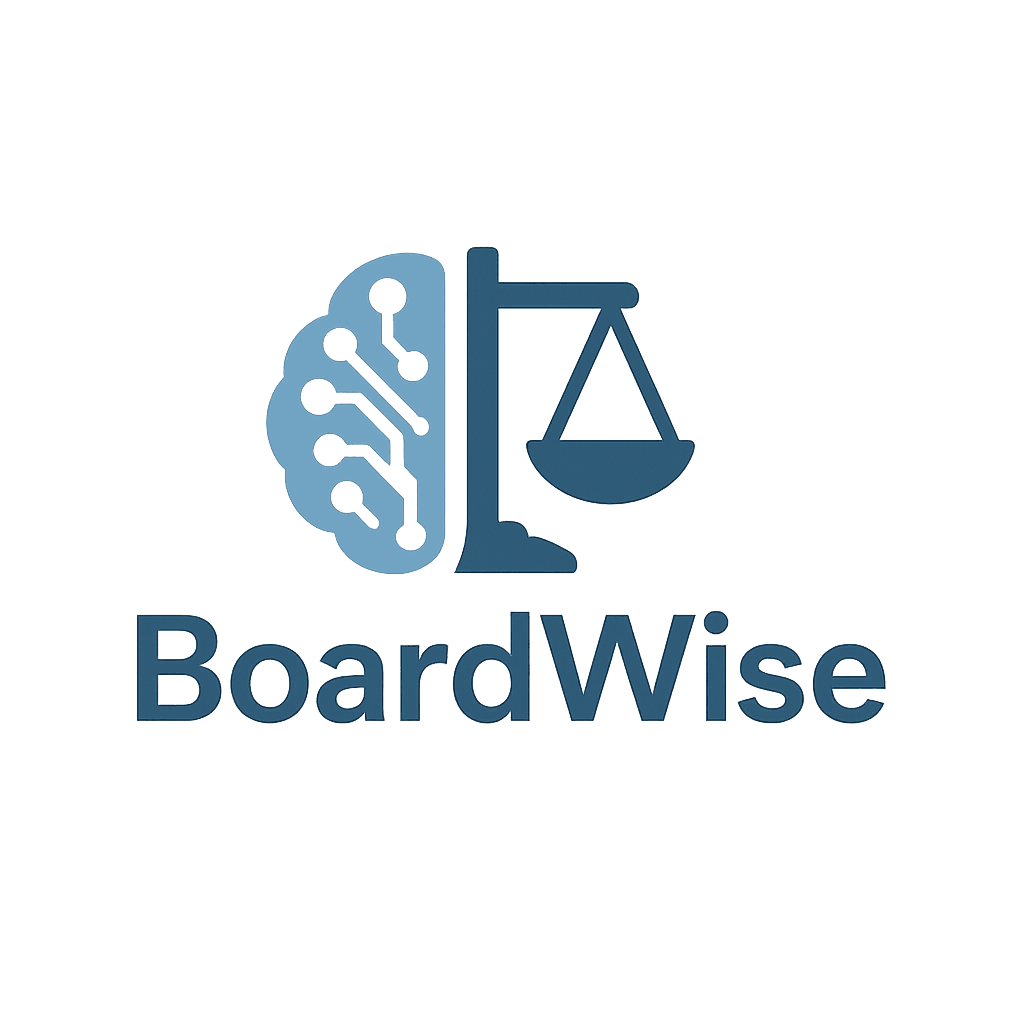Common reasons nurses get fired and how to handle it
Matt
Founder & CEO of BoardWise

Losing a nursing position can be one of the most stressful experiences in a clinician's career. Termination may not always reflect poor performance; it can result from system failures, staffing pressure, or misunderstanding. However, because many employers are required to report certain types of separations to the state board of nursing, nurses need to understand common causes of termination and the steps to take immediately afterward (National Council of State Boards of Nursing [NCSBN], 2024; American Nurses Association [ANA], 2024).
Frequent reasons for termination
1) Medication or documentation errors.
Mistakes involving medication administration, such as incorrect dosage, timing, or patient, remain among the most common causes of nurse discipline and termination. Inadequate documentation after an error can worsen the outcome (NCSBN, 2024; Centers for Medicare & Medicaid Services [CMS], 2023).
2) Unprofessional behavior or boundary issues.
Employers often terminate nurses for conduct perceived as disrespectful, insubordinate, or inconsistent with professional boundaries. These may include conflicts with coworkers, inappropriate social media use, or unprofessional communication with patients or families (ANA, 2024; Kester, 2023).
3) Attendance and reliability concerns.
Chronic lateness, missed shifts, or no-call/no-show incidents can lead to progressive discipline and eventual termination. Staffing shortages amplify the impact of reliability issues on patient safety (Kester, 2023).
4) Policy or protocol violations.
Failure to follow institutional policies such as infection control, privacy (HIPAA), or charting protocols can trigger immediate dismissal, especially when linked to safety or confidentiality (CMS, 2023; U.S. Department of Health and Human Services [HHS], 2023).
5) Substance use or impairment at work.
Substance-related impairment remains a significant cause of termination and board reporting. Many states have alternative-to-discipline programs that allow nurses to seek treatment while maintaining licensure under monitoring (NCSBN, 2024; Monroe & Kenaga, 2022).
6) Patient care complaints.
Even when unfounded, patient or family complaints about neglect, communication, or demeanor can prompt investigation. Facilities sometimes terminate employment preemptively to manage liability risk (ANA, 2024; Kester, 2023).
7) Workplace violence or harassment allegations.
Zero-tolerance policies mean any physical or verbal altercation, even if provoked, can result in termination while the incident is reviewed (ANA, 2024).
8) Social media and confidentiality violations.
Posting patient information, even inadvertently, is one of the fastest-growing causes of discipline. A 2023 NCSBN survey found a 26% increase in cases involving online content referencing patients or workplaces (NCSBN, 2024).
9) Insubordination or failure to follow the chain of command.
Ignoring supervisor directives or refusing assignments without proper justification can lead to termination for insubordination, even when the nurse's intent was to protect patients (ANA, 2024).
Steps to take after being terminated
Stay composed and document everything.
Record the date, time, and reason for termination, and request written confirmation. Save schedules, emails, and any relevant incident reports (ANA, 2024).
Do not sign anything immediately.
Politely ask to review any "exit" or "confidentiality" paperwork later. Signing under stress can waive rights or acknowledge fault.
Request your personnel file.
You have the right in many states to obtain your employment record, which may include performance reviews and incident reports (U.S. Department of Labor, 2023).
Clarify whether the employer will report you to the board.
Some terminations must be reported by law, while others are discretionary. Knowing early helps you prepare your response (NCSBN, 2024).
Contact your malpractice insurer or legal advisor.
If you hold individual liability coverage, many policies include license protection benefits and legal consultation (Nurses Service Organization [NSO], 2024).
If you receive a board notice, act quickly.
Deadlines are strict, and late or emotional responses can worsen matters. Seek professional or guided assistance before replying (ANA, 2024).
Prioritize self-care.
Job loss in healthcare is emotionally taxing. Support from peers, counseling, or employee assistance programs can prevent burnout or depression (Monroe & Kenaga, 2022).
Key takeaways
- Medication, documentation, and professionalism issues are leading causes of termination.
- Many terminations, especially those related to patient safety or impairment, are reportable to state boards.
- Respond promptly but calmly; preserve documentation and avoid impulsive communication.
- If a board notice follows, obtain guidance early to ensure accuracy and compliance.
- Use the event as an opportunity for growth—additional training, mentoring, or reflection can strengthen resilience and practice safety.
Bottom line
Being terminated does not necessarily end a nursing career, but it does require careful navigation. Understanding why nurses are most often fired and taking organized, professional steps afterward can protect your license and your future opportunities. A thoughtful, factual response backed by documentation and self-awareness often makes the difference between temporary setback and long-term consequence.
References
- American Nurses Association. (2024). Professional conduct and social media guidelines for nurses. https://www.nursingworld.org/practice-policy/nursing-excellence/social-media-guidelines
- Centers for Medicare & Medicaid Services. (2023). State operations manual: Appendix A – Survey protocol, regulations and interpretive guidelines for hospitals. https://www.cms.gov/Regulations-and-Guidance/Guidance/Manuals/Downloads/som107ap_a_hosp
- Kester, K. (2023). Common causes of nurse termination and prevention strategies. Journal of Nursing Management, 31(2), 145–150.
- Monroe, T., & Kenaga, H. (2022). The substance use epidemic in nursing: A call to action. Journal of Clinical Nursing, 31(7–8), 1031–1038.
- National Council of State Boards of Nursing. (2024). Nursing regulatory trends and data 2024. https://www.ncsbn.org/publications
- Nurses Service Organization. (2024). Understanding your professional liability policy. https://www.nso.com
- U.S. Department of Health and Human Services. (2023). Health Insurance Portability and Accountability Act of 1996 (HIPAA). https://www.hhs.gov/hipaa
- U.S. Department of Labor. (2023). Employee rights and access to personnel files. https://www.dol.gov
